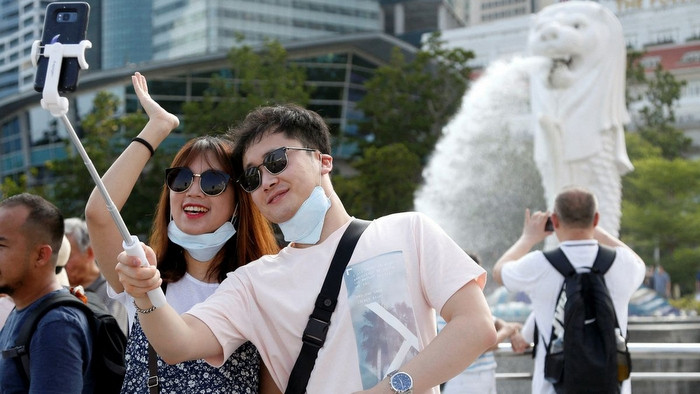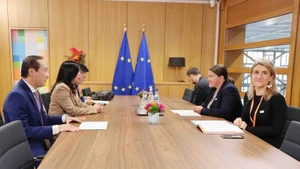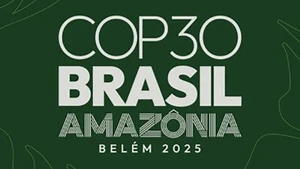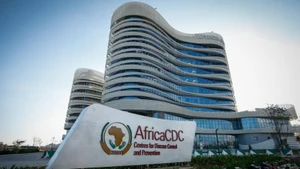Thailand’s tourism industry flourished as the country recorded 29.7 million domestic trips, up 73 percent over the same period last year, bringing in an estimated revenue of 135 million baht (up 53 percent). The increase in domestic tourism was mainly due to the ease of COVID-19 prevention and control measures and high vaccination rates. The Tourism Authority of Thailand (TAT) has been pushing ahead with its ambitious target of 160 million domestic tourism trips with revenues of 656 billion baht (approximately 19.5 billion USD) in 2022.
As people in the region no longer have travel restrictions and cross-border travel is easier, the ‘country of smiles’ set a target of attracting 1.1 million visitors from Southeast Asia. The TAT has been actively promoting tourism as airlines resume international flights and cooperating with Thai AirAsia airlines to launch joint promotions in multiple countries to attract at least 18,000 package tours from April to July this year.
In addition to Southeast Asia, TAT also aims to attract about 200,000 visitors from Australia and 450,000 visitors from India, bringing the total number of tourists from short-haul markets to 1.75 million. The country has prepared a roadmap to define COVID-19 as an endemic disease in the coming months toward accelerating economic recovery in the country and attracting more foreign visitors, with the hope of welcoming 7 million foreign guests in 2022.
Owning Angkor Archaeological Park, a world-famous destination, Cambodia is also making efforts to revive the smokeless industry that has been heavily affected by the pandemic. The country has inaugurated 38 routes with a total length of 108 km in the tourist province of Siem Reap, the gateway to the Angkor Archaeological Park. The roads were equipped with lighting infrastructure, traffic lights and security cameras, with a total investment of up to 150 million USD. The projects will create a great impetus to strengthen the development of the tourism industry in Siem Reap province after COVID-19.
The ‘Lion Island’ made a plan for a safe tourism opening. The Singapore government said it will spend nearly 500 million SGD (about 370 million USD) to support the tourism industry’s recovery in the coming years. Singapore opened its borders to fully vaccinated travellers without quarantine and rapidly eased domestic epidemic safety management measures, contributing to boosting demand for tourism products in the country, offsetting business costs and supporting businesses to develop their capacity.
During the process of revitalising its tourism industry, the main goal is to develop Singapore into a sustainable urban destination and a centre for tourism business, jobs and healthcare tourism. The Singapore Tourism Board (STB) has launched a series of unique and novel initiatives and programmes to provide visitors with enjoyable experiences.
The Philippines, which is famous for its pristine white sand beaches, welcomed over 100,000 foreign visitors within a month after the Southeast Asian nation opened its borders. Tourism is considered a key economic sector of the Philippines, contributing up to 12.7 percent of GDP in 2019. However, the pandemic has caused a heavy impact on the tourism industry, affecting about 1.1 million workers. The Secretary of Tourism of the Philippines believed that the number of foreign visitors to the country will continue to increase.
The investment for the ‘revival’ of the tourism industry is a common trend in the context that the countries are vigorously implementing measures to gradually return life to normal. Tourism is considered one of the key economic sectors to obtain an important source of revenue post-pandemic recovery efforts.
















